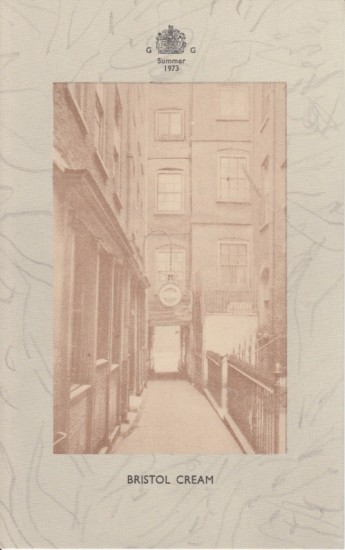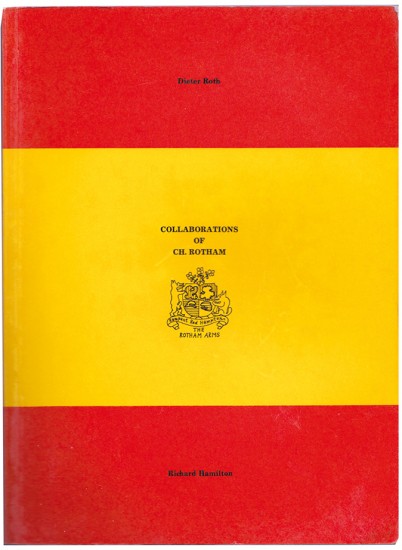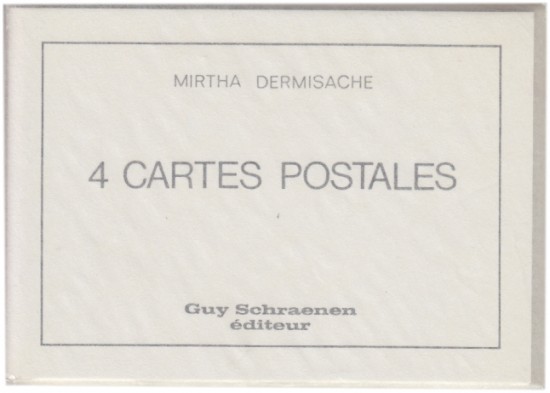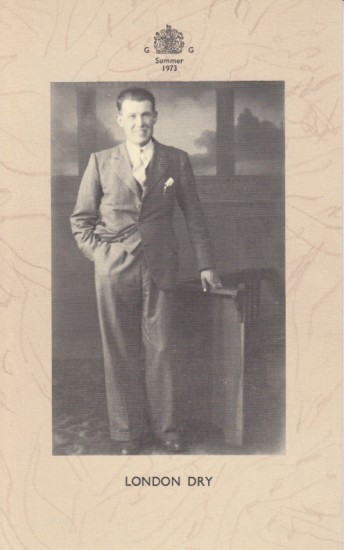La Ceinture de Paris, ou, Recueil des Barrières qui Entourent Cette Capitale
Ledoux, C. N. Palaiseau, J. L. G. B
(Paris). 1819–1820
Sold
Extremely rare suite of plates depicting Ledoux's famous 'barrières' or toll-gates for Paris.
Claude-Nicolas Ledoux (1736 - 1806), French Neoclassical architect, utopian visionary, free mason and friend of William Beckford, designed a series of toll-gates (the 'barrières' of the title) to surround Paris in the interests of collecting internal taxes ('octroits') and dissuading smugglers. The 'barrières' were constructed at speed to reduce popular unrest between 1785 and 1788. Christened by Ledoux 'les propylées de Paris', others were less impressed, citing them as an indication of despotism and slavery, the elevation of mercantilism to religion and criticising them also on aesthetic grounds.
Palaiseau's publication shows the toll-gates that remained in 1819 (several had already been removed and by the end of the nineteenth-century few remained) and is the most important of several sources showing the 'barrières' as it depicts them in situ and as they stood. Ledoux's own designs, published in 1847, depict the 'barrières' in an ideal setting as do the nine plates in Gaitte's 1792 publication of Paris buildings and houses.
The plates, etched with very simple lines and with large blank areas, were issued in two parts in 1819 and 1820. The simplicity of the etching suggests that the plates were intended to be coloured, however complete copies of this suite are rare. COPAC lists no copies in the UK, while WorldCat locates three copies in France, a copy at Lausanne; only one copy is listed in North America, at McGill University.
' ... there are J. L. G. B. Palaiseau's 48 engravings of 'Les Barrières de Paris' [sic] of 1819, recording the actual state of the buildings at that time, in their setting. Though by no means unique, tis publication is extremely rare. The engravings were lightly etched ... The sequence begins in the south-east and works round clockwise (only the Barrière de Fontainebleau is misplaced). The two notable omissions are views of the rotonda at Monceau and the Bureau de la Villette, both of which still survive ... Altogether this is a record of an unusual kind, executed with special concern to evoke the actuality and the atmosphere surrounding each of these highly idiosynvratic structures.' (Weinreb).
[PROVENANCE: Engraved bookplate of Paul Lacombe to front pastedown; additional unidentified bookplate to front pastedown].
[see Weinreb 57, 178; not in Millard; not in Berlin; not in Brunet; not in RIBA Early Printed Books].
Claude-Nicolas Ledoux (1736 - 1806), French Neoclassical architect, utopian visionary, free mason and friend of William Beckford, designed a series of toll-gates (the 'barrières' of the title) to surround Paris in the interests of collecting internal taxes ('octroits') and dissuading smugglers. The 'barrières' were constructed at speed to reduce popular unrest between 1785 and 1788. Christened by Ledoux 'les propylées de Paris', others were less impressed, citing them as an indication of despotism and slavery, the elevation of mercantilism to religion and criticising them also on aesthetic grounds.
Palaiseau's publication shows the toll-gates that remained in 1819 (several had already been removed and by the end of the nineteenth-century few remained) and is the most important of several sources showing the 'barrières' as it depicts them in situ and as they stood. Ledoux's own designs, published in 1847, depict the 'barrières' in an ideal setting as do the nine plates in Gaitte's 1792 publication of Paris buildings and houses.
The plates, etched with very simple lines and with large blank areas, were issued in two parts in 1819 and 1820. The simplicity of the etching suggests that the plates were intended to be coloured, however complete copies of this suite are rare. COPAC lists no copies in the UK, while WorldCat locates three copies in France, a copy at Lausanne; only one copy is listed in North America, at McGill University.
' ... there are J. L. G. B. Palaiseau's 48 engravings of 'Les Barrières de Paris' [sic] of 1819, recording the actual state of the buildings at that time, in their setting. Though by no means unique, tis publication is extremely rare. The engravings were lightly etched ... The sequence begins in the south-east and works round clockwise (only the Barrière de Fontainebleau is misplaced). The two notable omissions are views of the rotonda at Monceau and the Bureau de la Villette, both of which still survive ... Altogether this is a record of an unusual kind, executed with special concern to evoke the actuality and the atmosphere surrounding each of these highly idiosynvratic structures.' (Weinreb).
[PROVENANCE: Engraved bookplate of Paul Lacombe to front pastedown; additional unidentified bookplate to front pastedown].
[see Weinreb 57, 178; not in Millard; not in Berlin; not in Brunet; not in RIBA Early Printed Books].
Folio. (470 x 325 mm). Original part wrappers serving as title-pages, list of plates tipped-in to intial blank leaf verso and 48 etched plates on 48 untrimmed sheets, each numbered, with the signature of 'Palaiseau' and dated '1819' (six plates without number, signature or date, each supplied in pencil). Sheet size: 460 x 300 mm. Nineteenth-cenury marbled boards, backstrip lacking, original front and rear part wrappers for 1819 and 1820 retained.
#40435










